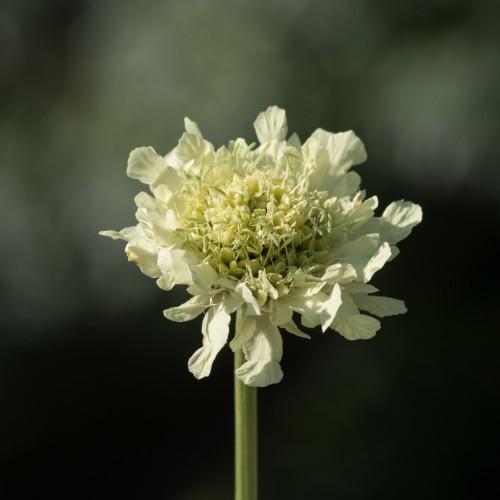
Yellow Swanseed
Cephalaria alpina
Watering:
Average
Hardiness Zone:
Flowers:
Flowers
Sun:
Shade
Soil:
Humus Enriched
Growth Rate:
Low
watering
The Phantom Orchid should be watered moderately and consistently throughout the growing season. It should be watered once a week or every other week, allowing the top 1-2 inches of soil to dry out between waterings. In the summer months, water more frequently if temperatures rise and increase the frequency of watering if the plant shows signs of stress such as wilting. During the winter, watering should be reduced and only done when the soil is dry. Make sure to water the plant in the morning when the temperatures are cooler and the plant is able to absorb the water before the sun begins to evaporate it.
sunlight
The Phantom Orchid needs a moderate amount of sunlight during its growing season (late May to mid-August). For optimal growth, it should receive 5 to 6 hours of direct sun per day, preferably in the morning. This species seems to do best with light that is diffused throughout the day, rather than having intense midday sun. After mid-August, light should be decreased to 1 or 2 hours of direct sun in the morning. Although the Phantom Orchid is not a sun-loving species, some light is necessary for it to bloom successfully.
pruning
Phantom Orchid (Cephalanthera austiniae) does not require pruning. This species is in the Orchidaceae family, and typically only produces 1 flower stalk each year. The flower stalks may be clipped off once the flowers have withered. Deadheading will not affect the growth of the plant, and should only be done if desired.
